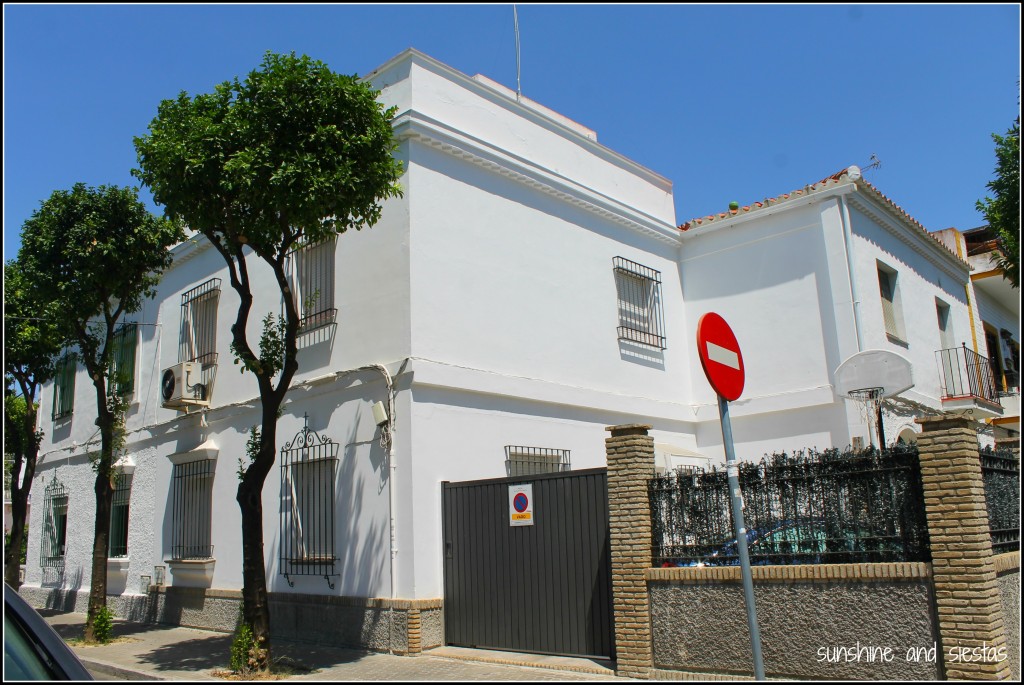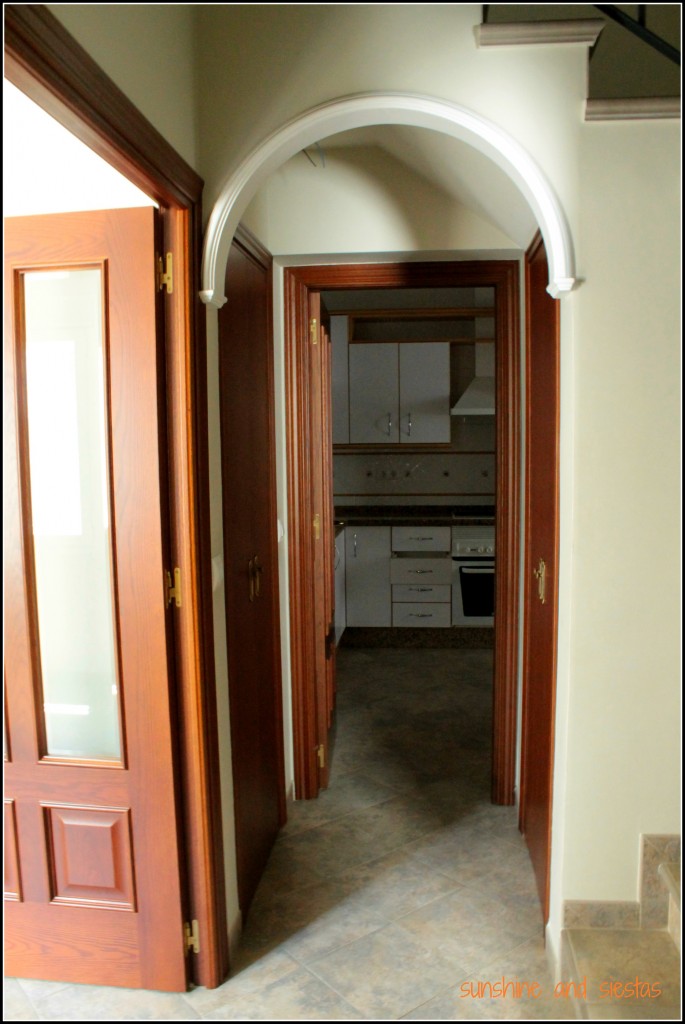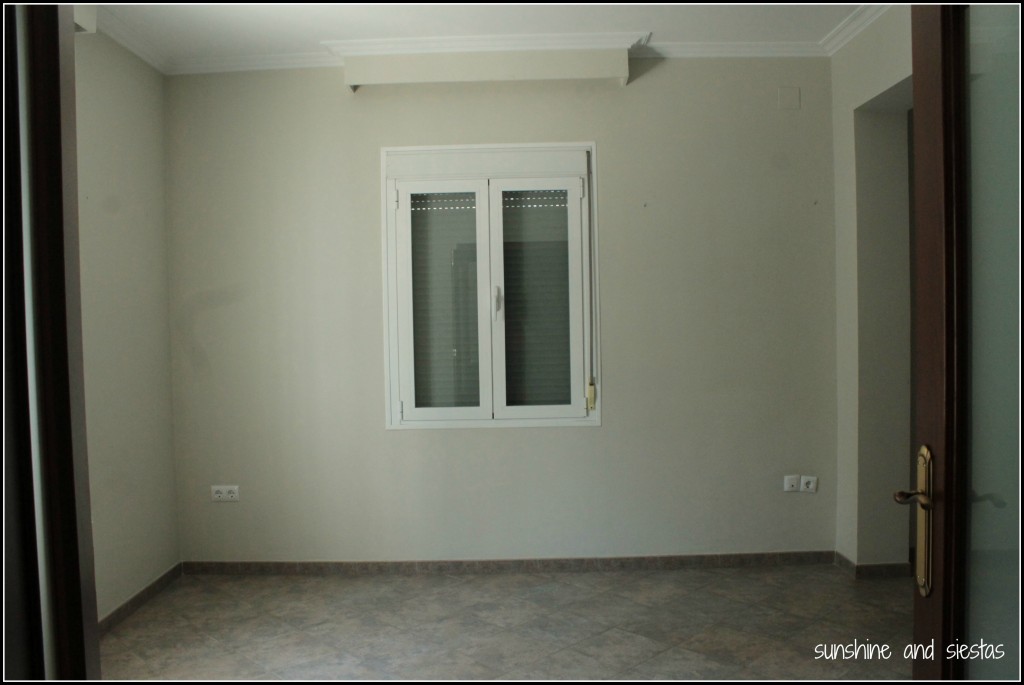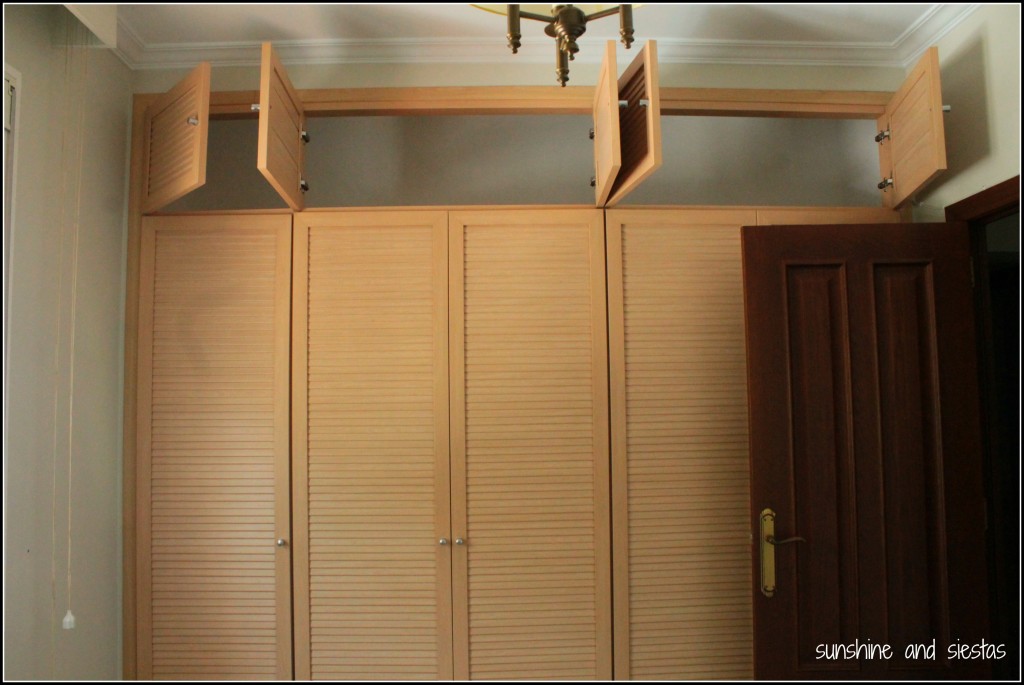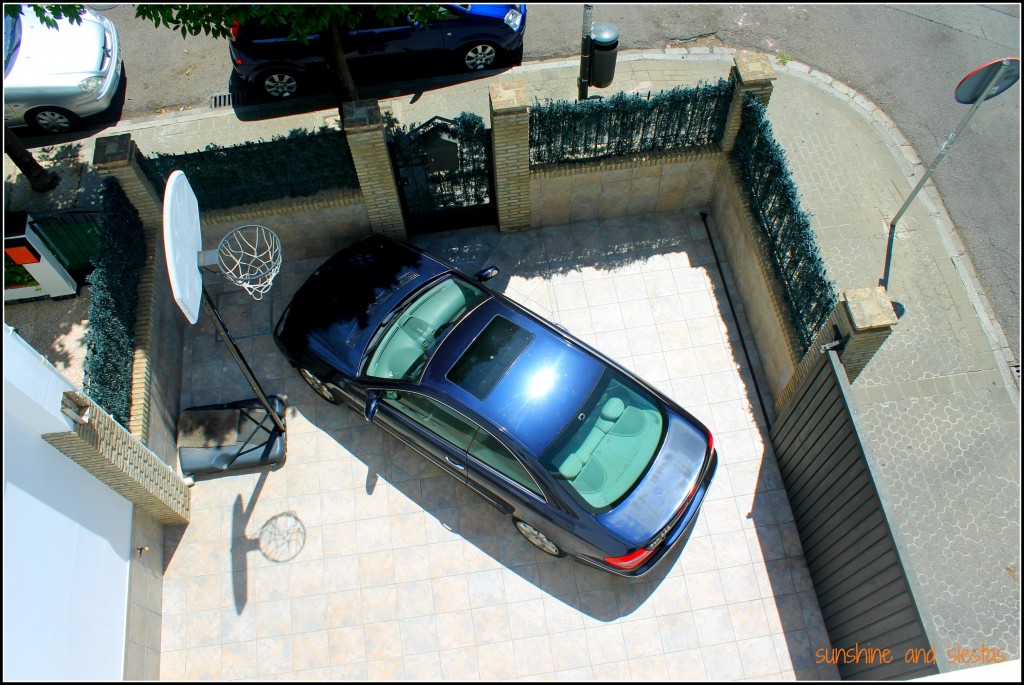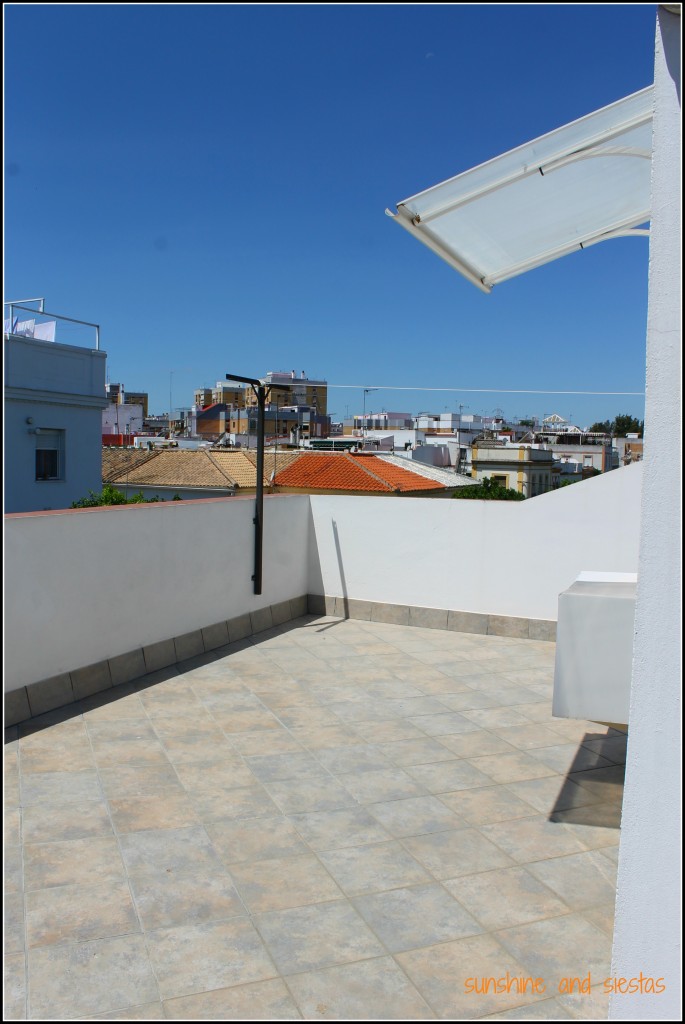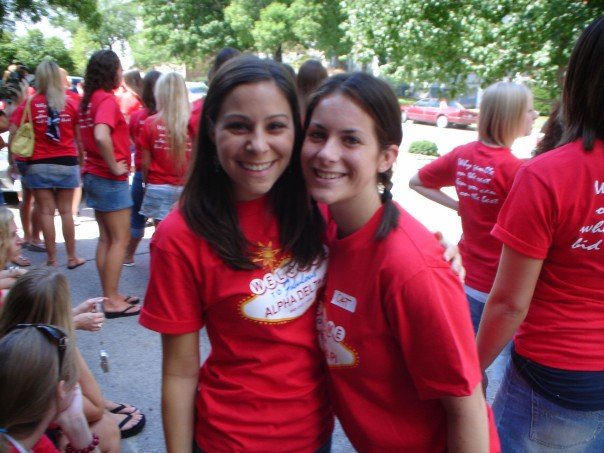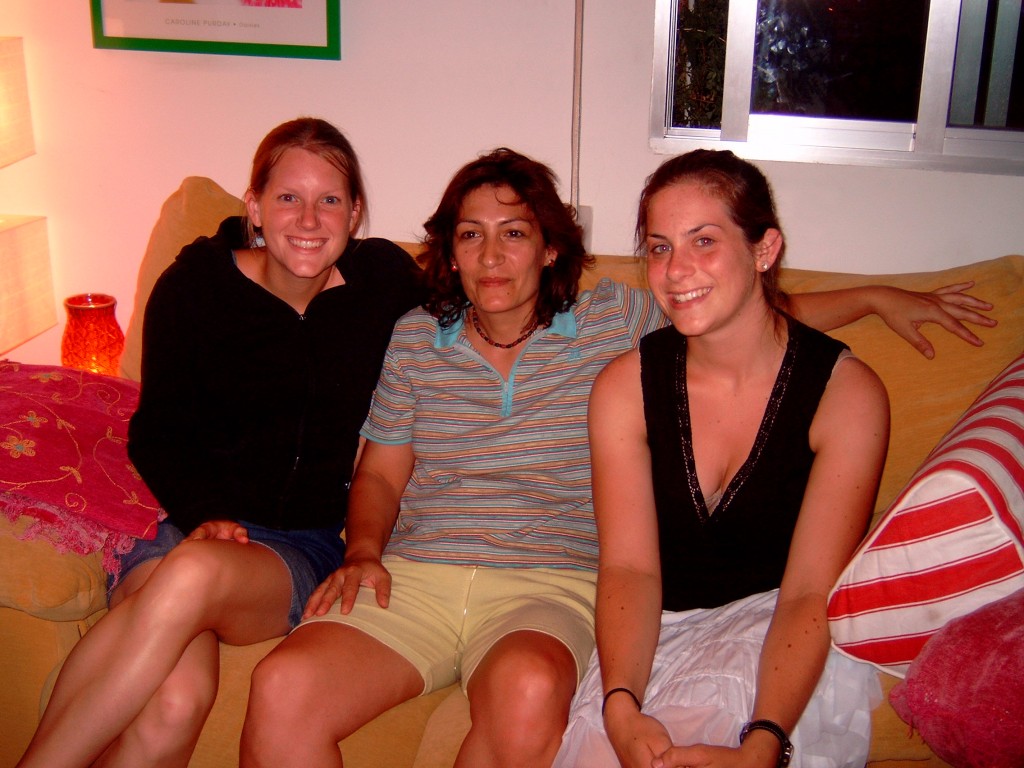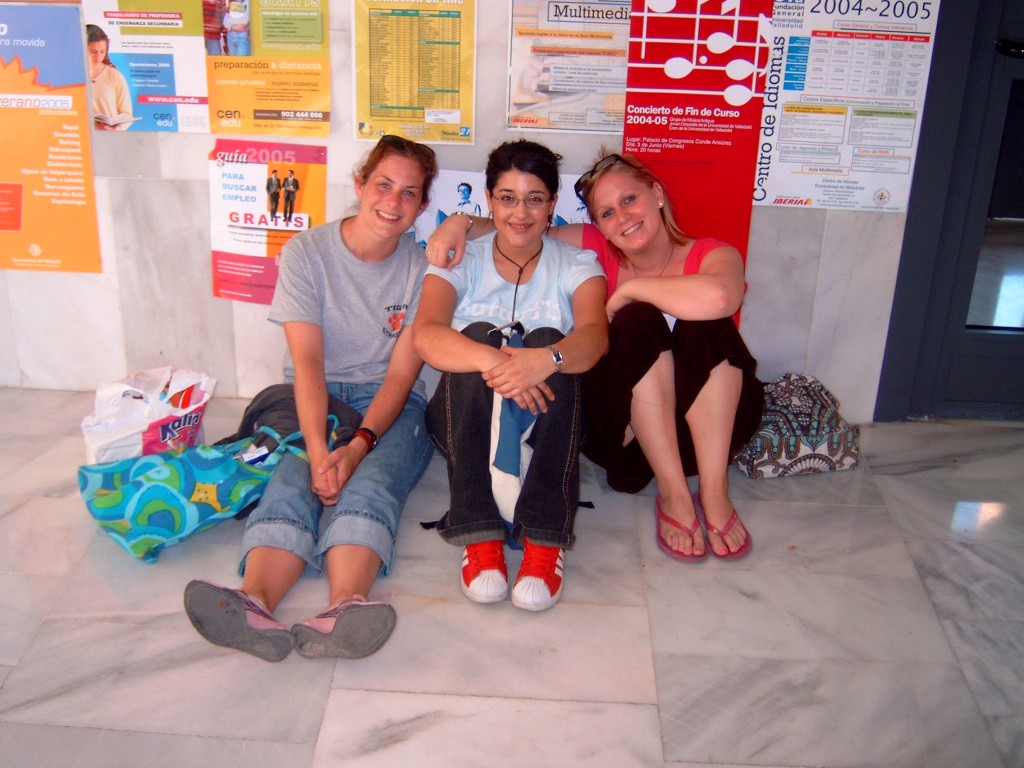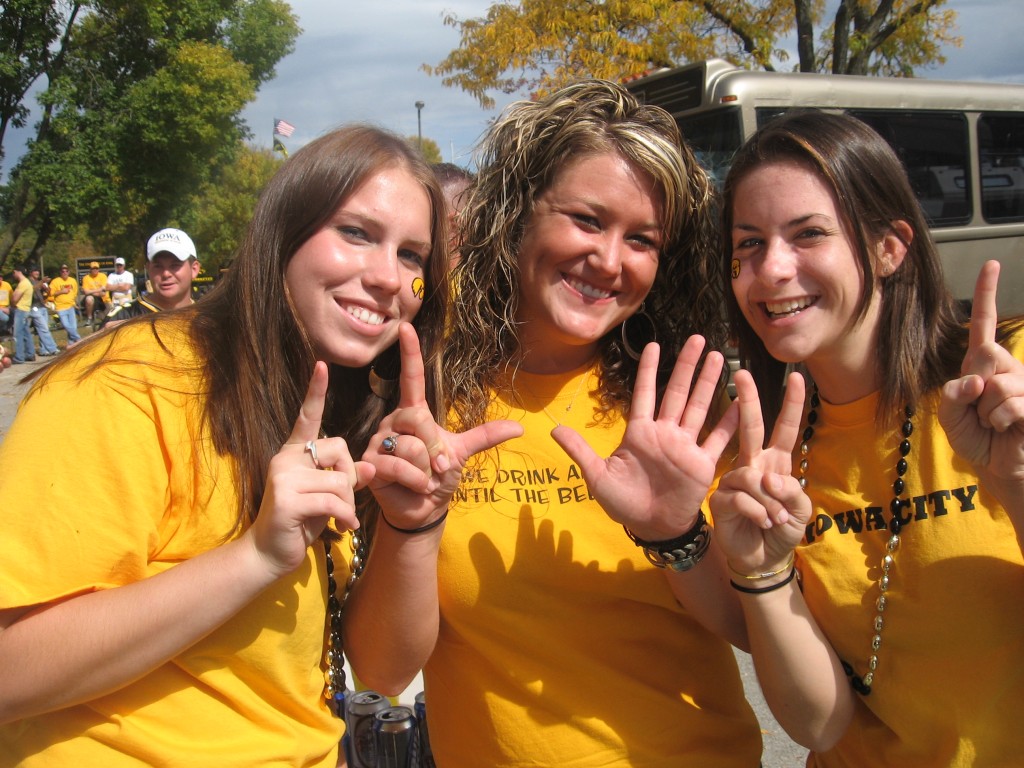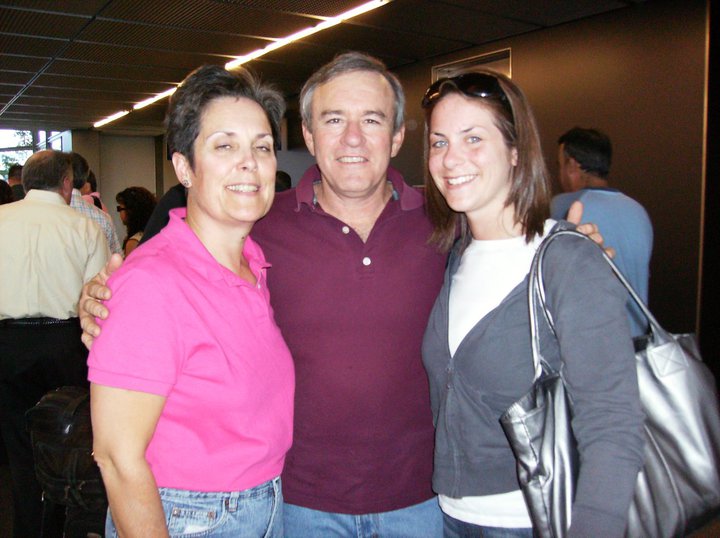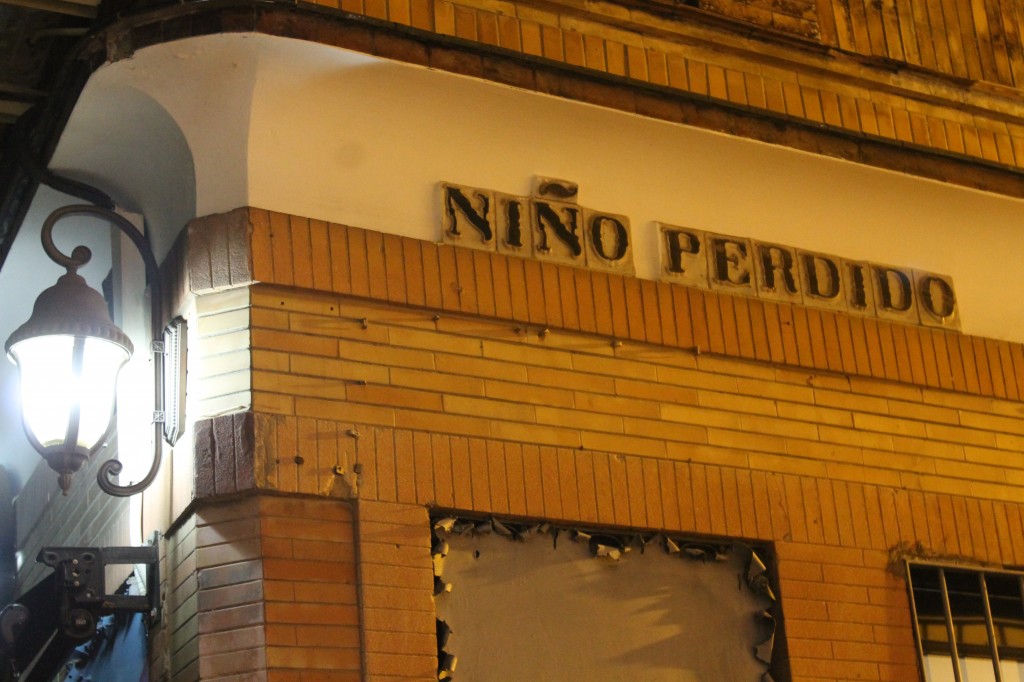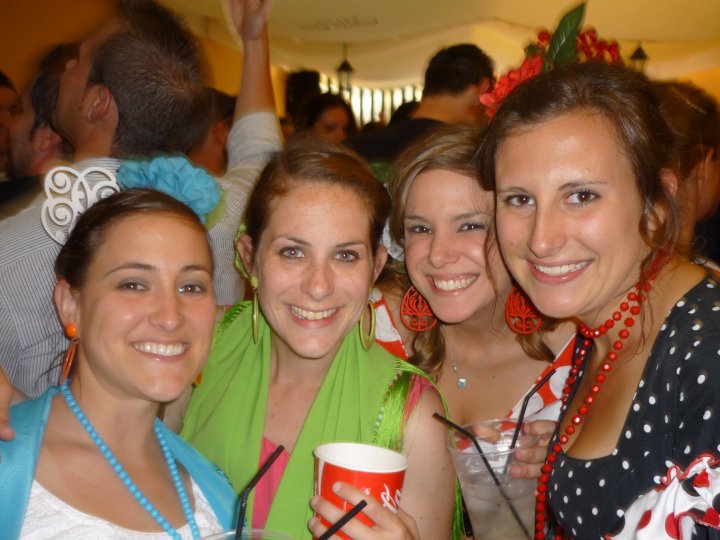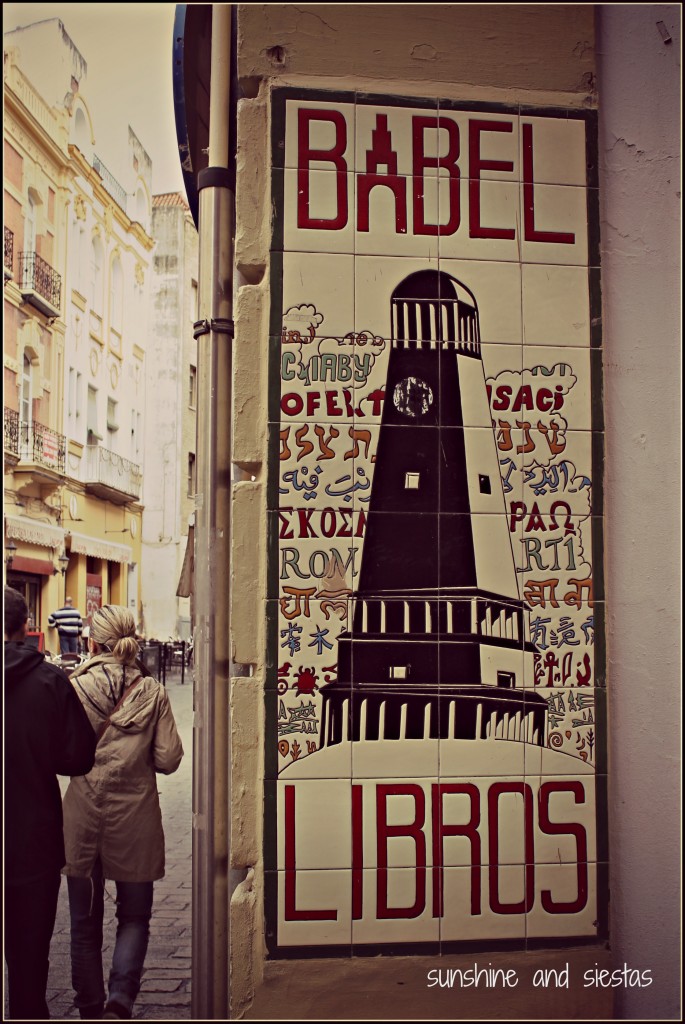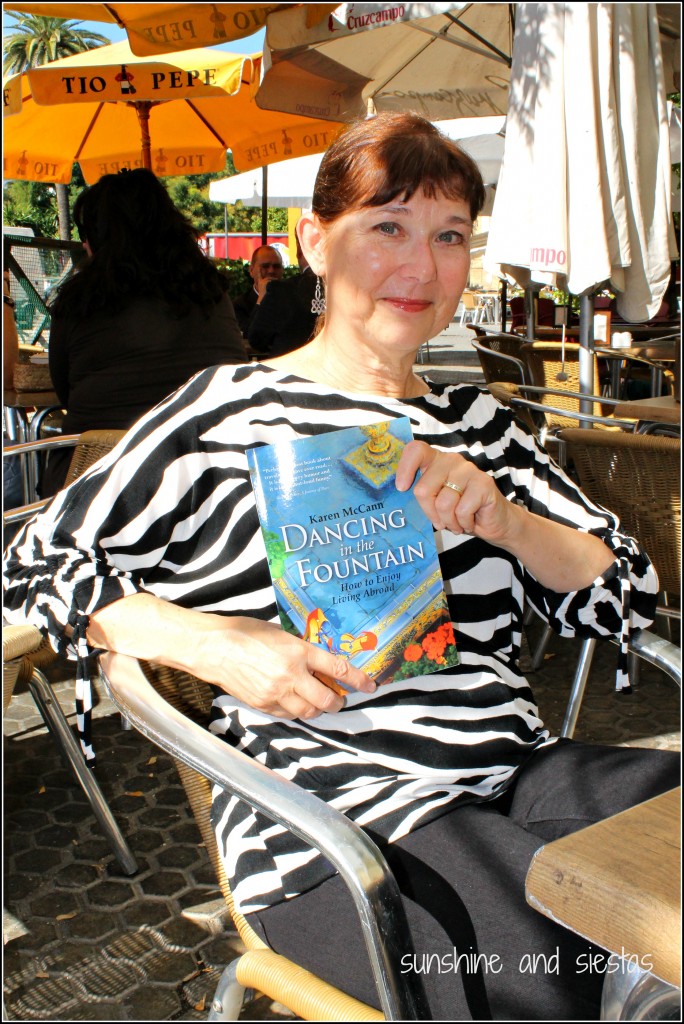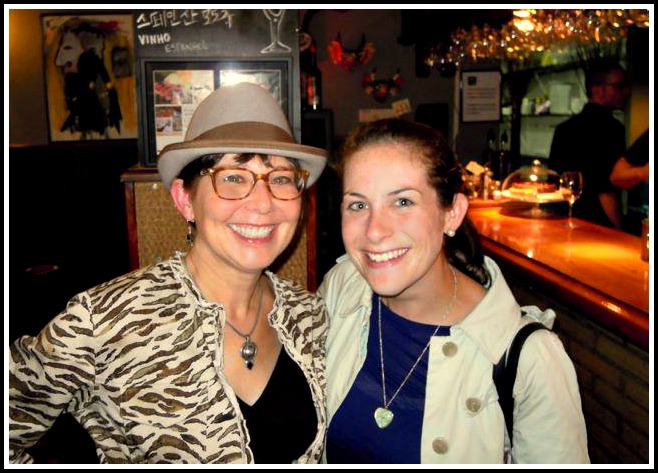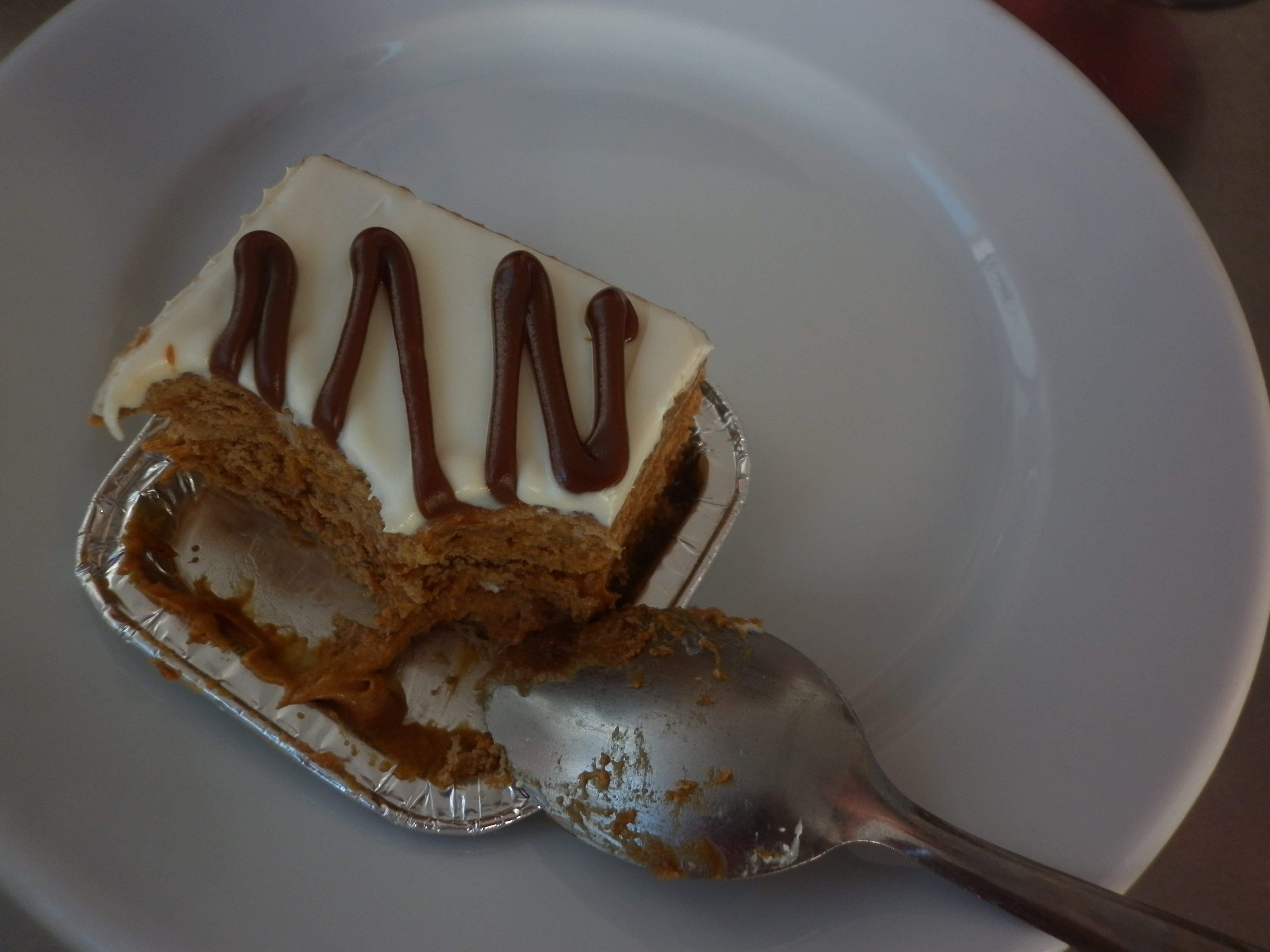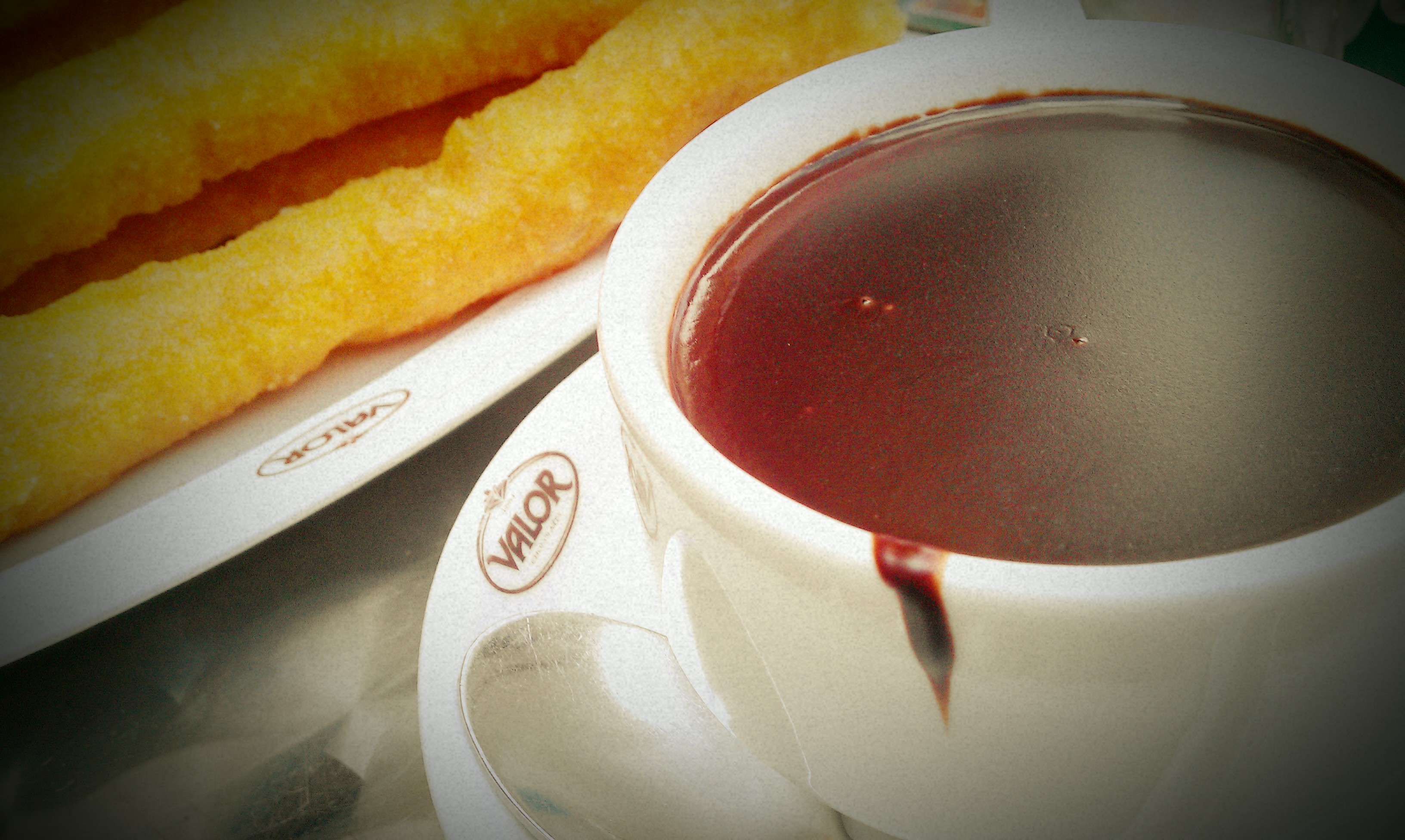I have a new hell.
The foreigner’s office has been officially replaced with a new place that wants to make me rip my hair out: IKEA.
You see, I bought a house – a 125-square-meters-with-an-incredible-terrace and three stories and a kitchen large enough for an actual table and multiple bookshelves and closet space for my two flamenco dresses. There are two bathrooms, three bedrooms, air conditioning units in most rooms, mosquito nets on all of the windows and room to put in a dryer.
It’s a HOUSE, not a piso. And best of all, it’s in my favorite neighborhood in all of Seville: Triana.
But when the Novio and I signed our mortgage in June and began talking about painting and buying furniture and the logistics of moving all of our things, I knew his functionality and my hours decorating my doll houses would lead to arguments over money and space.
In hindsight, it was genius to not go together to IKEA. The Novio and I did some online shopping one night, then he went and graciously wrote down the numbers and where to find our basics – a table, four chairs and bed frame – in the self-service area. We calculated 600€, just what we had leftover after buying a custom-made couch and the big appliances for the kitchen. I offered to go the following day and pay with our joint account, then have the whole pedido sent to our new place.
After picking the perfect time to go in Spain, despite having entered in the rebajas sales period, I quickly steered through the maze of cute set ups and couches that wanted to be sat on. I ordered our bed frame and found a few light fixtures, then steered right towards the self-service area.
The headboard and table were heavy, but I felt triumphant for handling it all on my own and happily presented my debit card.
Denied.
Again.
And a third time.
After asking my bank for help and getting nothing in return, picking everything up at IKEA once to have my credit card also denied, I threw my hands up in the air, asked the Novio to take out cash for me since my bank had frozen my accounts because of the new FATCA rule, and finally, five hours later, paid for our goods.
So. I essentially hate IKEA for being the torture that it is – an obstacle course riddled with carts and baby strollers, an endless amount of impulse buys staring me down and never-ending lines. Going three times in 24 hours did not help, either.
Not that you care about my current grudge against the Swedish home decoration king (though not their meatballs), here are some pictures of our soon-to-be hogar dulce hogar.
and the best part…
The house is on a corner lot in the Barrio León section of Triana. Wide avenues, chalets and a few famous residents, like the San Gonzalo depiction of Christ and Our Lady of Health, and the family of singer Isabel Pantoja. Most are rumored to gossip at renowned bakery Confitería Loli or in the dinky but bustling Mercado de San Gonzalo.
To me, the house is the physical manifestation of making the decision to live abroad permanently (or until I’ve paid it off), and whatever is to come next with the Novio.
Want to know more about the process of buying a house in Spain? Be patient…I’ll eventually figure out what I just did for the sake of having a house house in a beautiful barrio.
